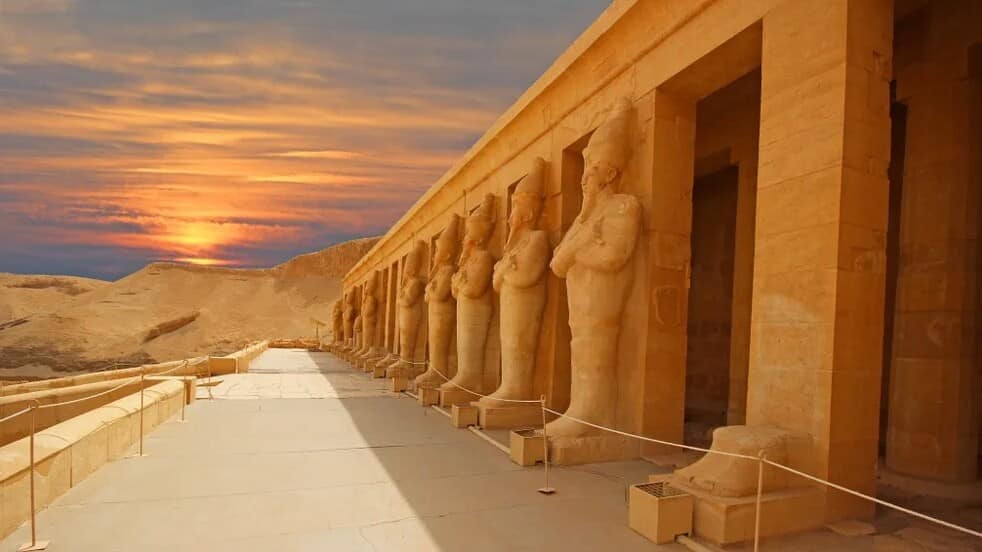
Journey through time: Explore the Valley of the Kings, Egypt
What's the story
The Valley of the Kings, an ancient burial ground in Egypt, is the final resting place for New Kingdom pharaohs and nobles.
Situated on the Nile River's west bank near Luxor, it is renowned for its elaborate tombs and historical significance.
This site offers a glimpse into Egypt's past with its intricate art and hieroglyphics that have stood the test of time.
Tomb exploration
Uncover ancient tombs
Visitors to the Valley of the Kings can explore several tombs, including those of Tutankhamun, Ramses II, and Seti I.
These ancient sites feature detailed wall paintings depicting Egyptian mythology and daily life.
A separate ticket is needed for Tutankhamun's tomb, offering a close view of his mummified remains and treasures.
This unique experience provides a deep dive into ancient Egypt.
Visitor education
Learn at the Visitor Center
Before exploring the tombs, visit the visitor center.
It's filled with informative displays and a short film that provides essential context about the valley's historical importance in ancient Egyptian culture.
This preparatory step will greatly enhance your understanding and appreciation of the sites you're about to see, making your journey through the Valley of the Kings more meaningful and enriching.
Photography tips
Capture memories without flash photography
Photography is permitted in most areas of the Valley of the Kings, but it's crucial to turn off your flash to protect the ancient artwork.
Some tombs may impose restrictions or necessitate an additional photography ticket, making it wise to verify in advance.
By capturing these timeless relics responsibly, we ensure they remain unharmed for future generations to admire and study.
Preservation etiquette
Respectful exploration is key
Exploring the Valley of the Kings requires adherence to preservation guidelines.
Do not touch the wall paintings or reliefs, as human skin oils can damage them.
Always stay on marked paths in tombs and heed site guards or your tour guide's instructions.
Respecting these rules allows visitors to deeply engage with Egypt's history while safeguarding its legacy for future generations.